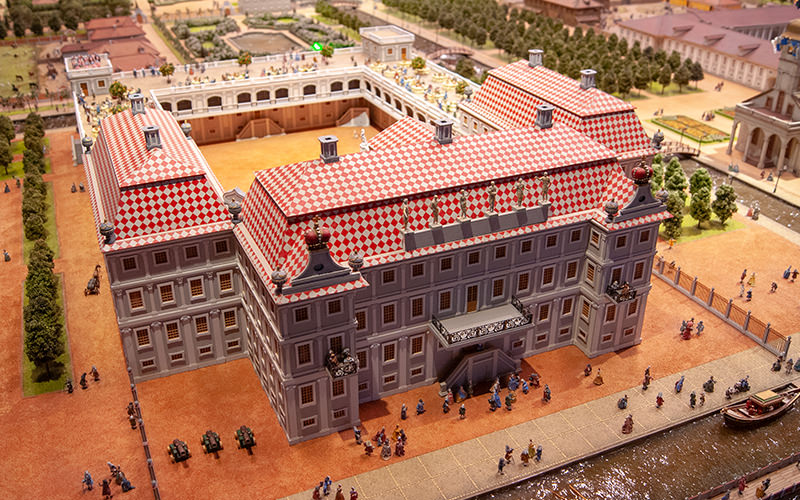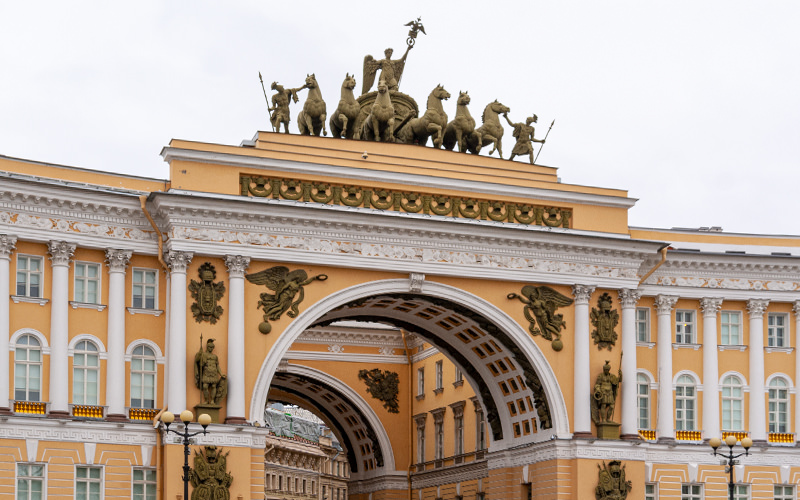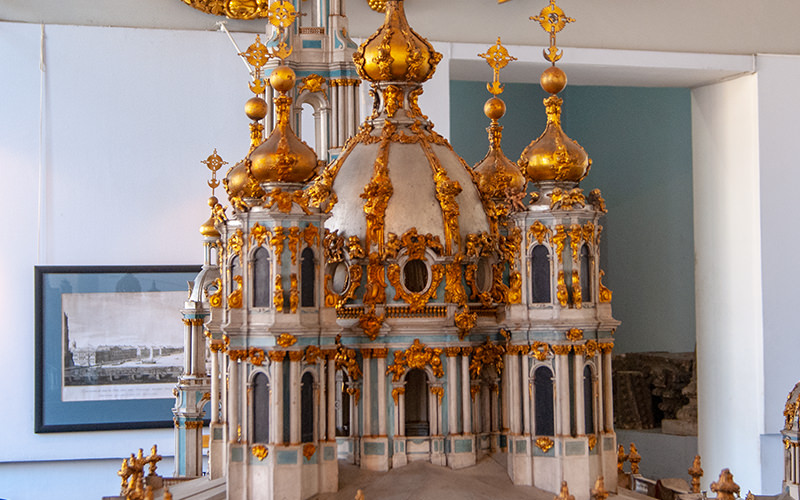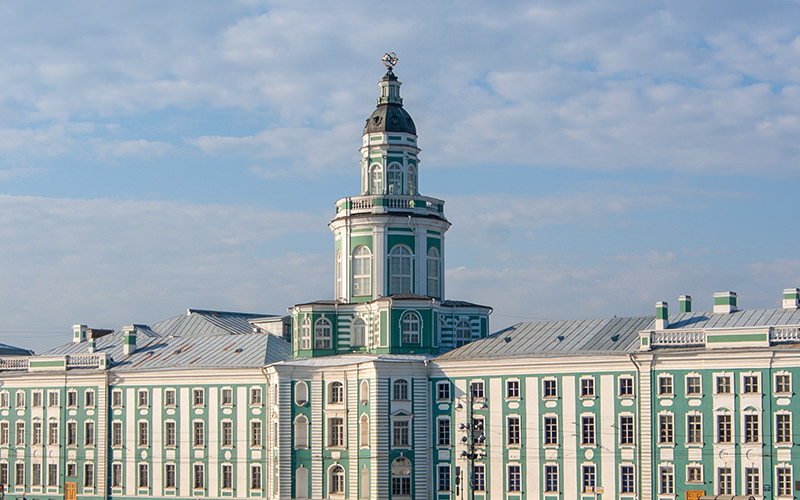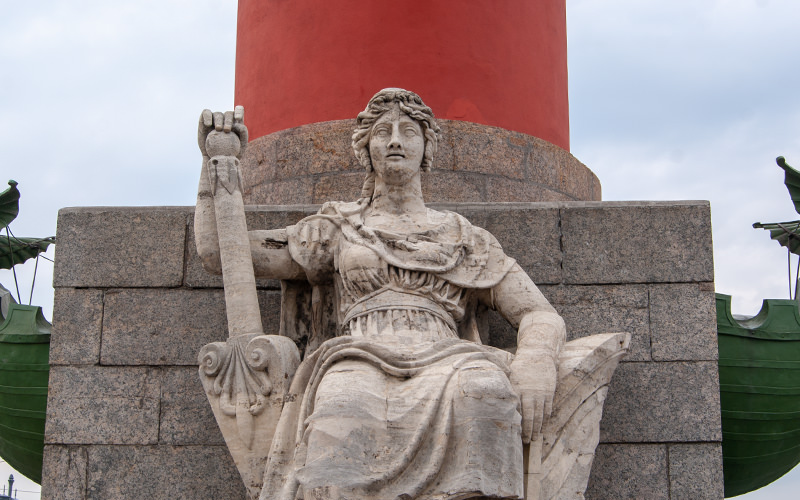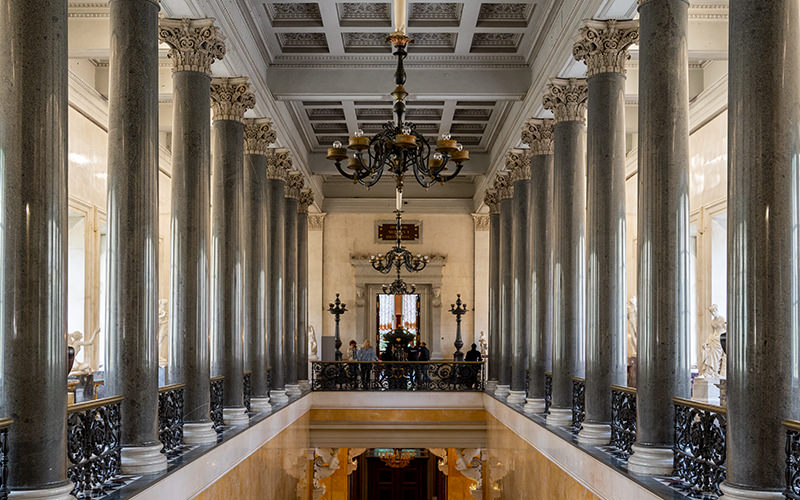In the heart of Saint Petersburg, on the eastern part of Vasilyevsky Island, lies Russia's oldest Zoological Museum. Its collection includes around 30,000 specimens, and the museum's origins date back to the construction period of the city itself.
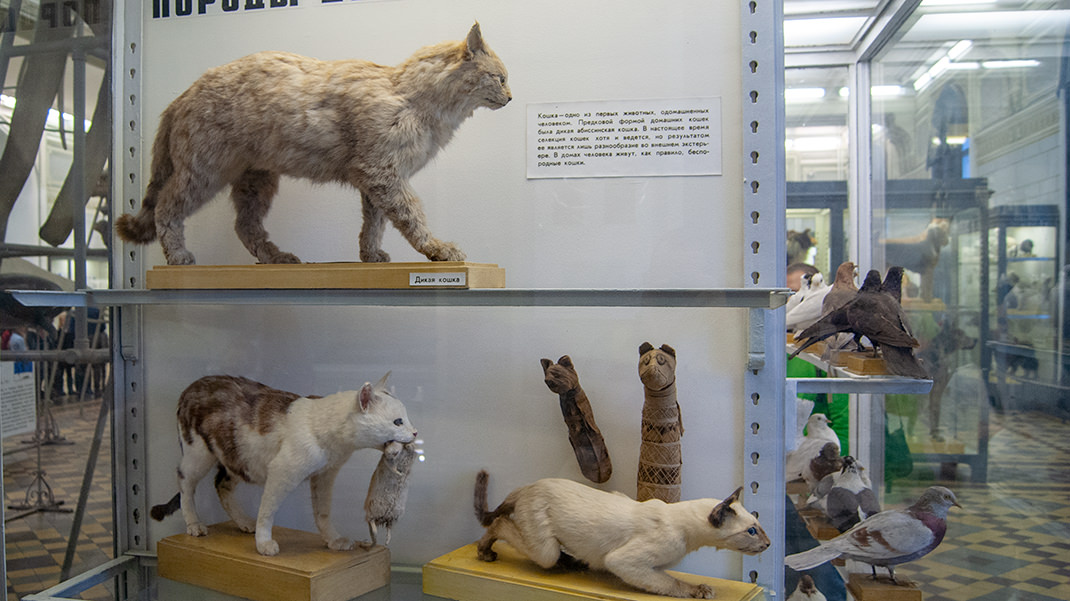
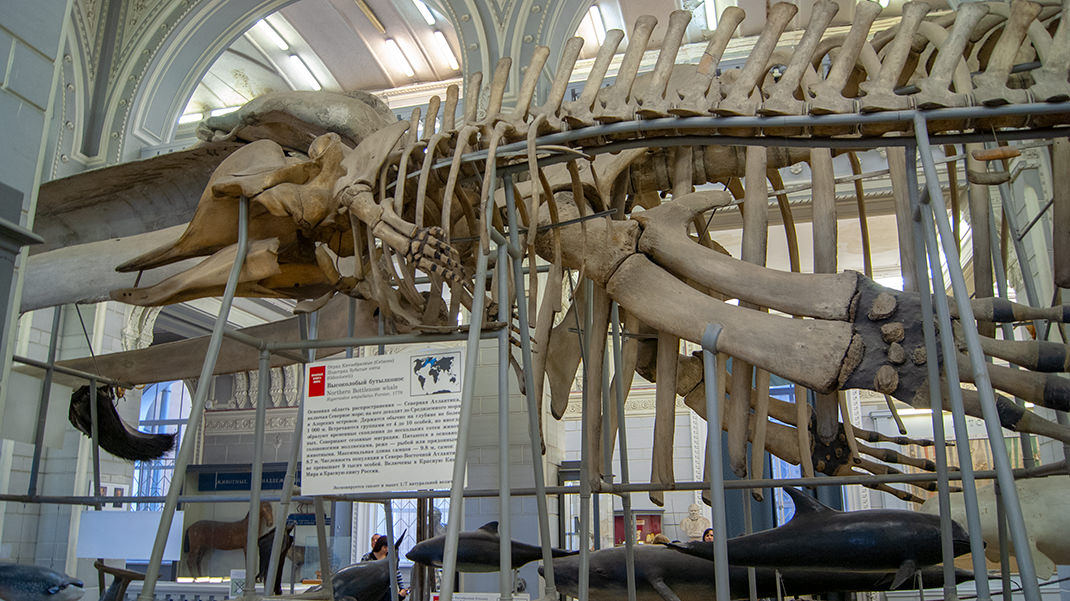
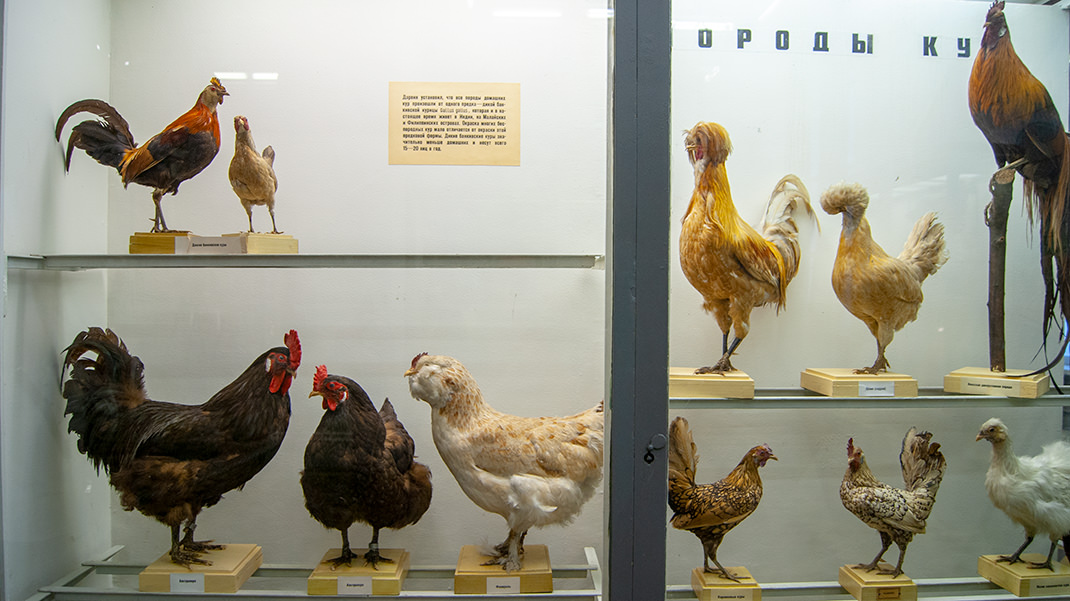

How to Get There
The museum is approximately equidistant from three metro stations: "Admiralteyskaya," "Vasileostrovskaya," and "Sportivnaya." The Zoological Museum is located at the tip of Vasilyevsky Island, with its facade facing the Palace Bridge. The ticket counters and entrance are on the southeast side.
An adult ticket costs 250 rubles (as of 2018). The museum is free to enter on the third Thursday of each month.
History of the Museum
The Zoological Museum's history begins with the initial collections of the Kunstkamera, founded by Peter I in 1714. Initially, the zoological exhibits were housed in the Green Hall of the Summer Palace. Later, the natural history part of the collection was moved to the Kikin Chambers, located near the Smolny Cathedral. By the tsar's decree, specimens were transported to the capital from across the country.
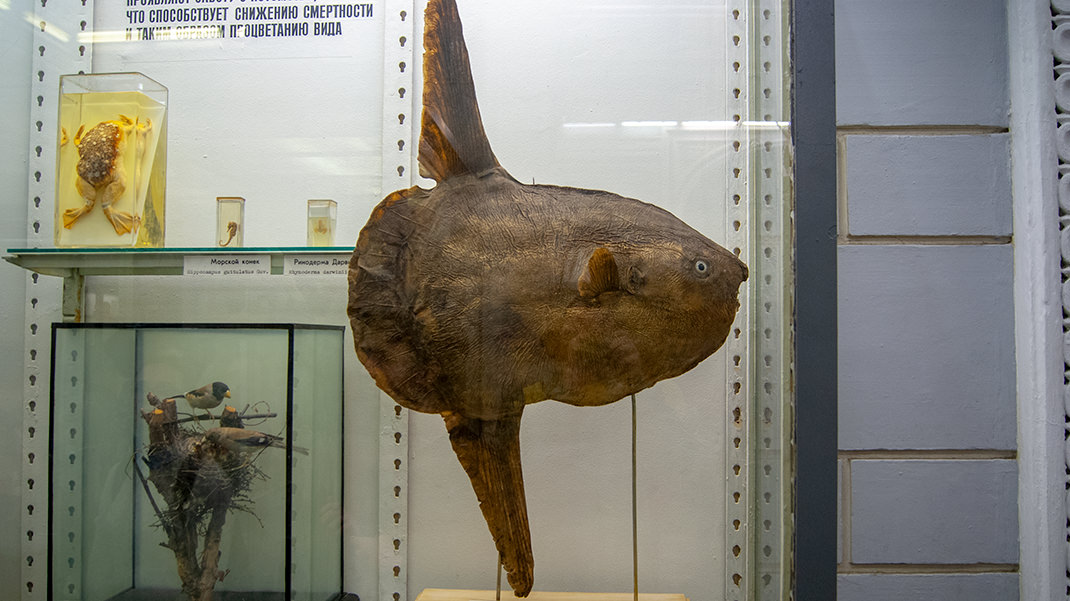
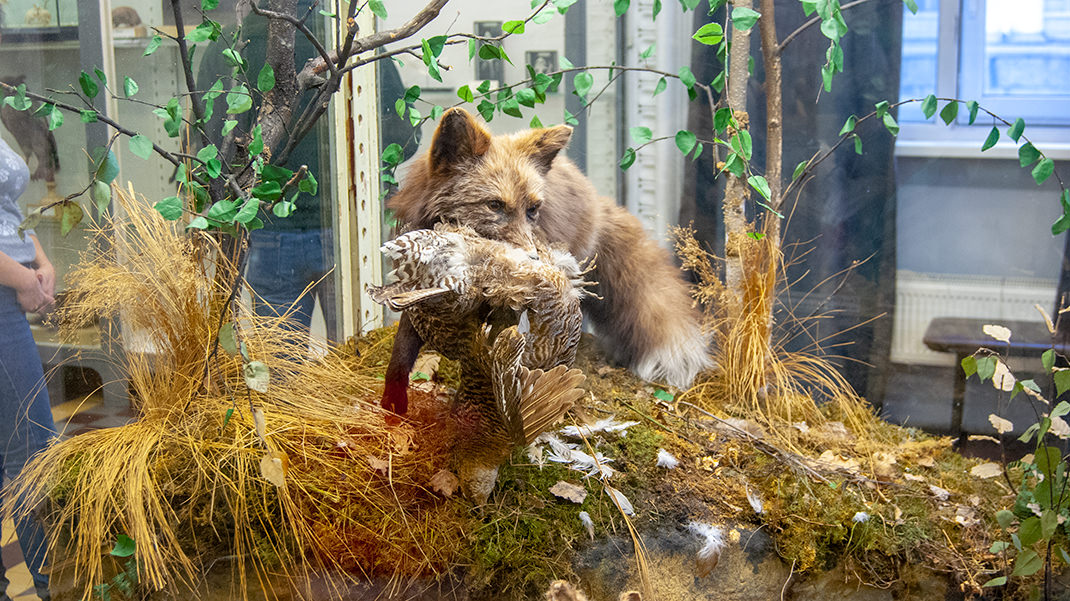
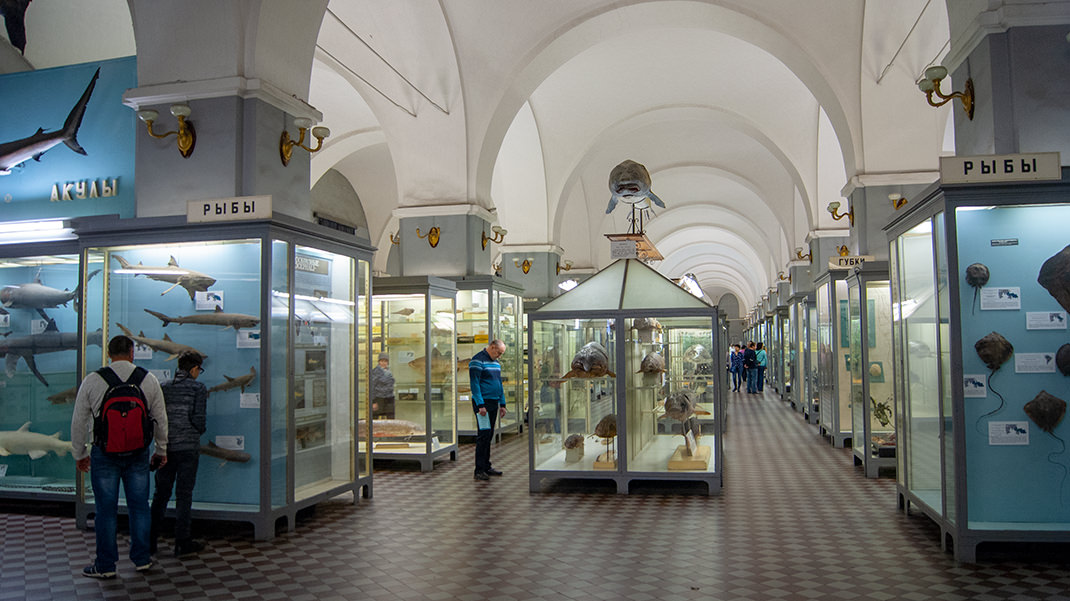
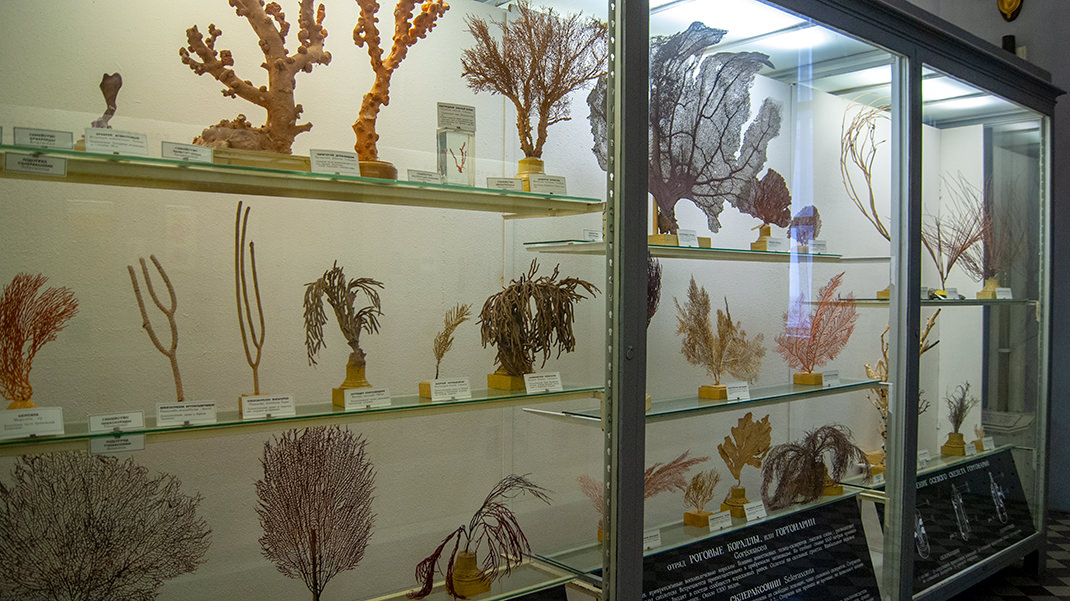
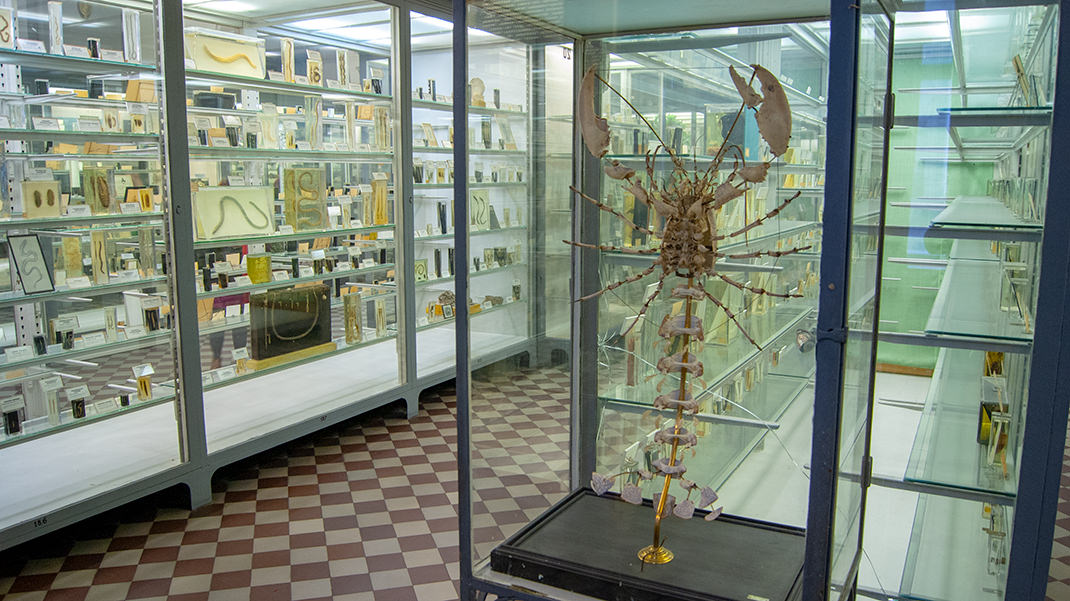
In 1767, the zoological collection was separated as a distinct division within the Kunstkamera. Sixty-five years later, in 1832, it became an independent museum. Throughout its existence, the collection was continuously supplemented with specimens from various expeditions. The museum also acquired and received items from private individuals and exchanged with other similar institutions.
The museum's current building was opened to the public in 1901.
Exhibition at the Zoological Museum
The tour starts in a large hall where we can see massive fish—belugas, fin whales, dolphins. In the center of the room stands a 27-meter skeleton of a blue whale. This hall also features taxidermied domestic animals—cats, dogs, chickens. A separate section is dedicated to albino animals. On the side opposite the entrance are taxidermied large marine creatures—seals and walruses.
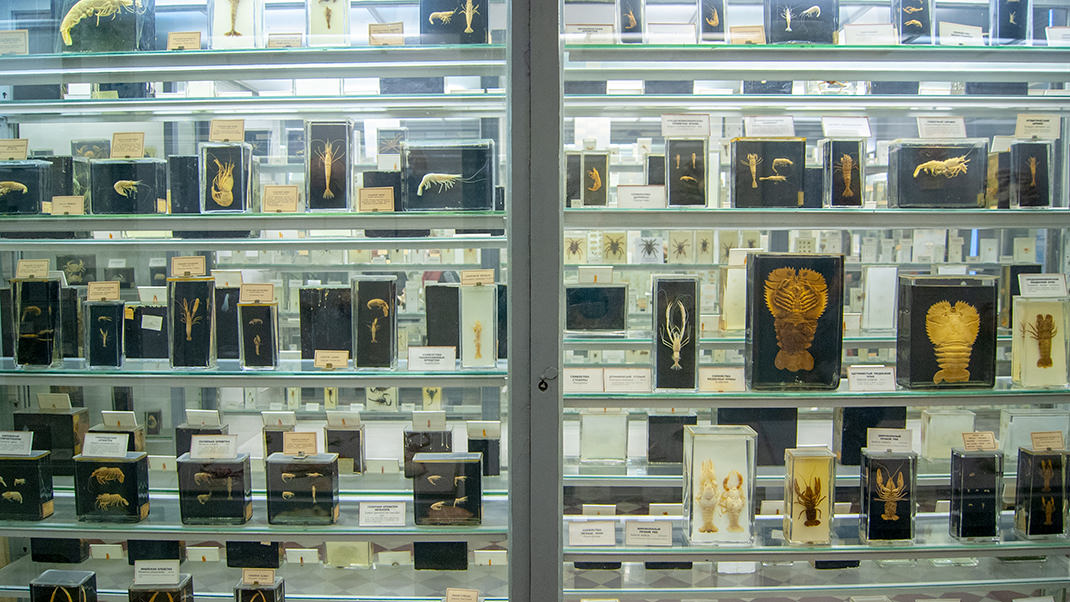
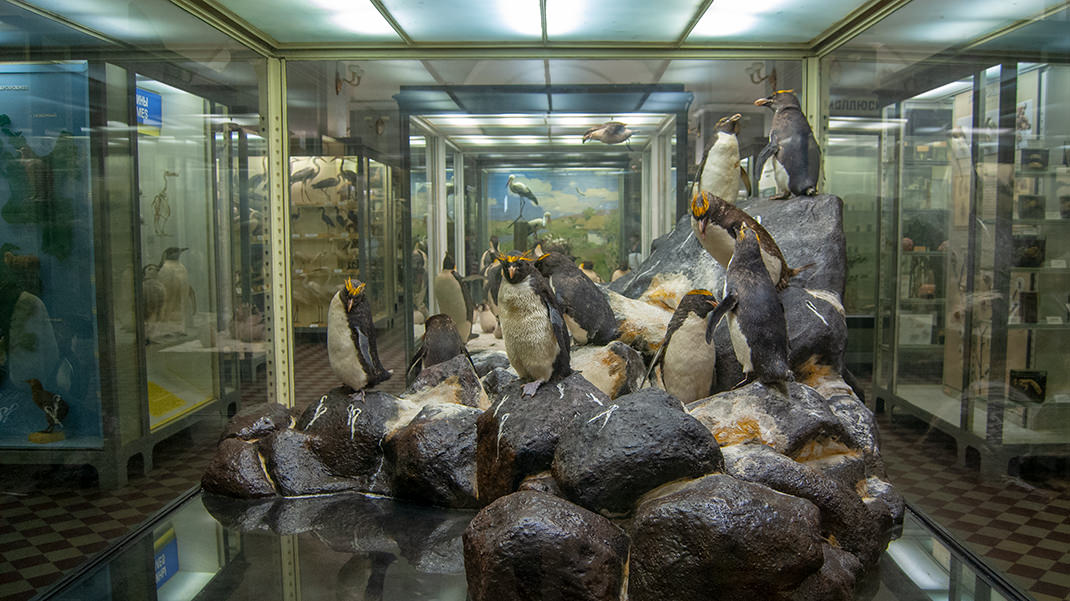
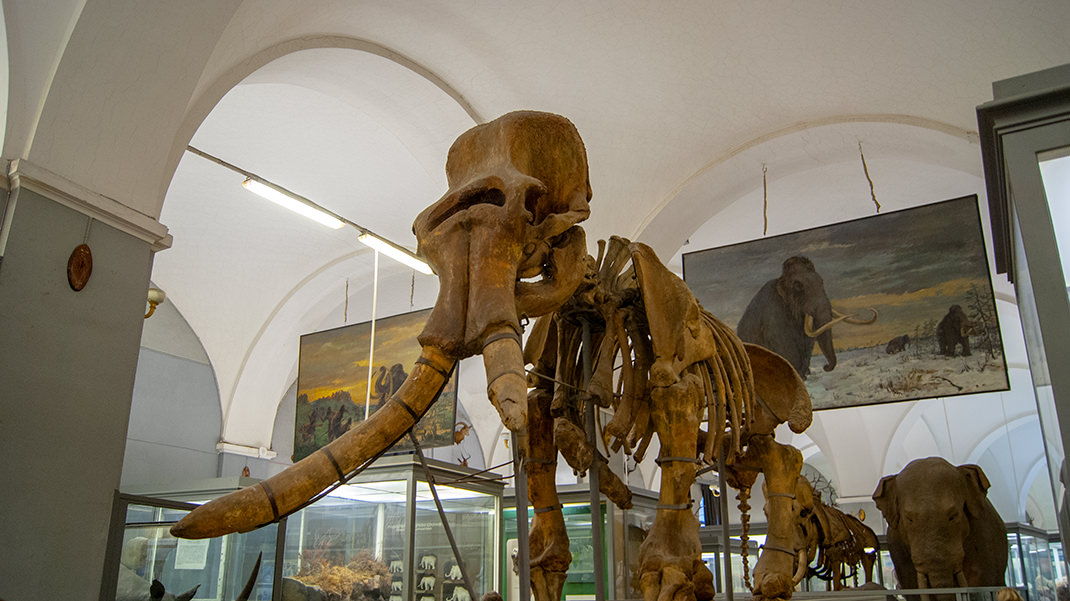
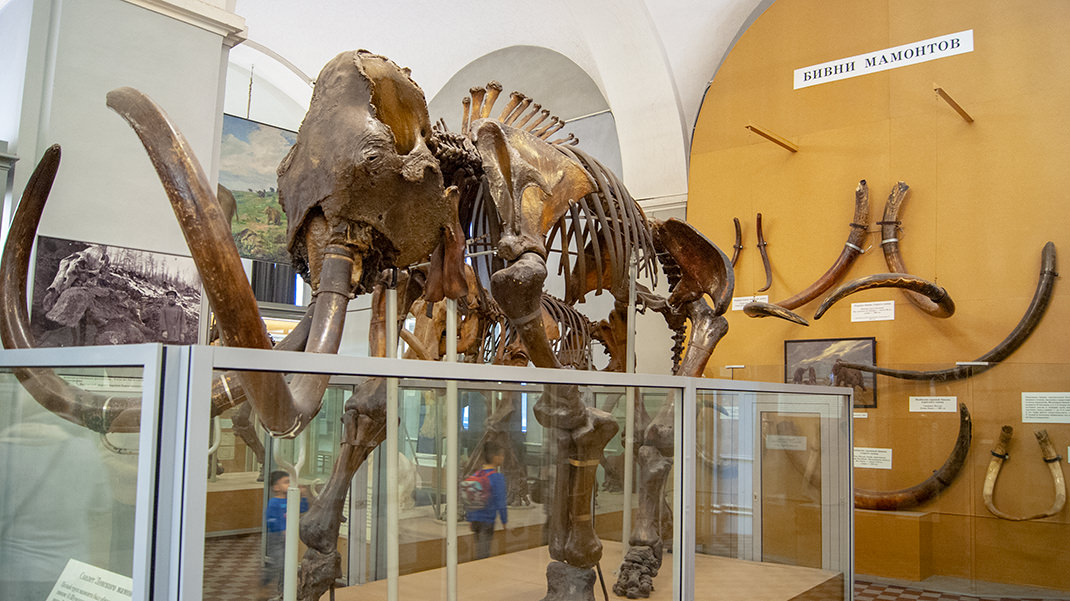
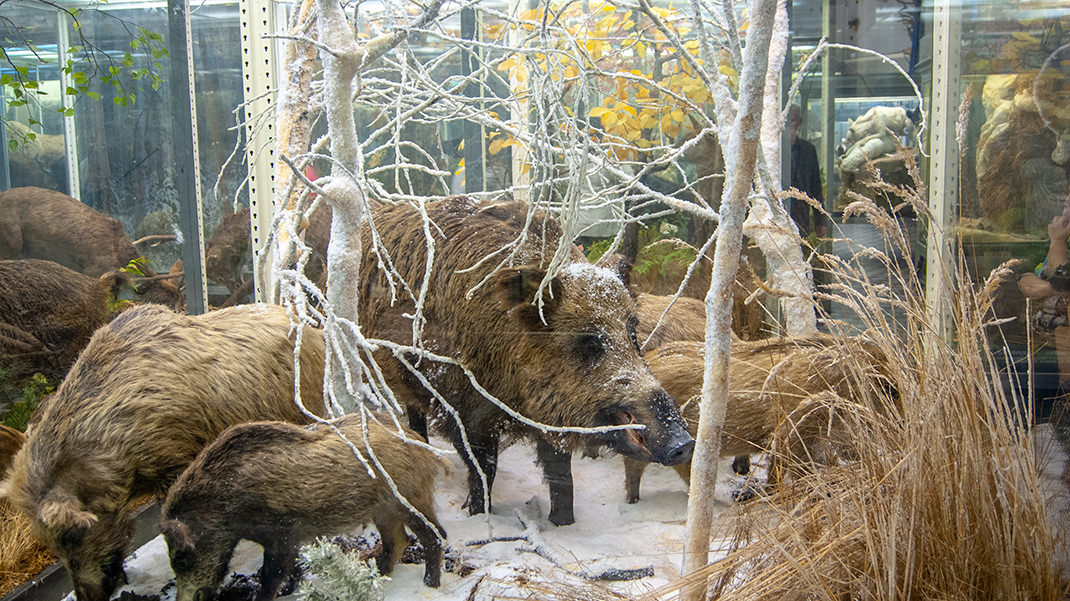
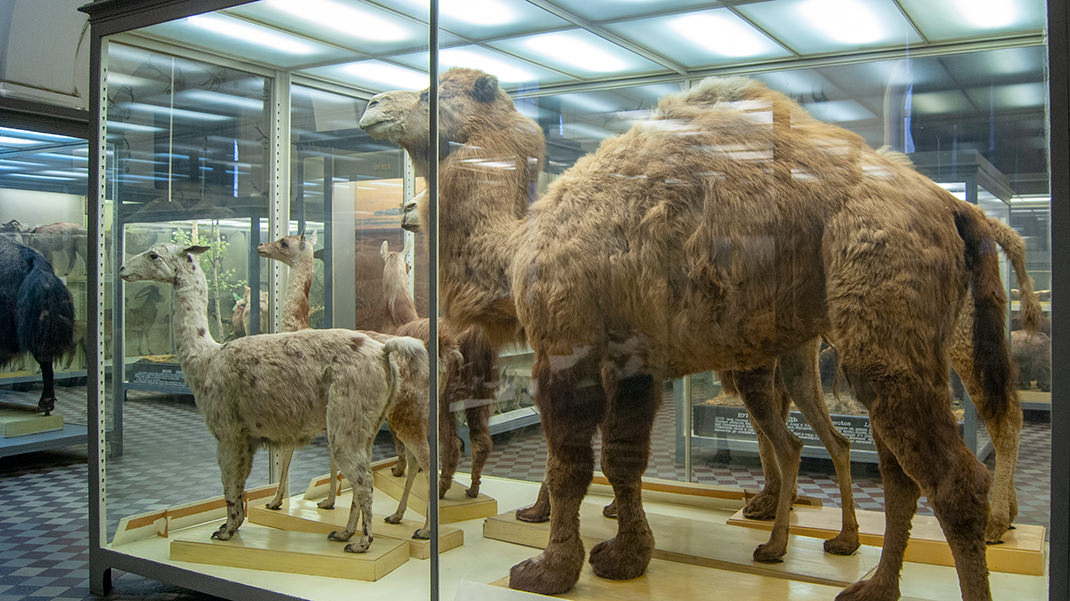
Moving to the main part of the museum, there is a vast collection of various inhabitants of water, land, and air. In this hall, we can see taxidermied huge fish and tiny jellyfish, wild polar bears and domestic parrots, charming penguins and less pleasant worms or ascarids. There are also exotic animals for our country—camels, lions, elephants.
Particularly noteworthy is the bird collection. It is the largest in any museum worldwide, featuring over 3,500 specimens.
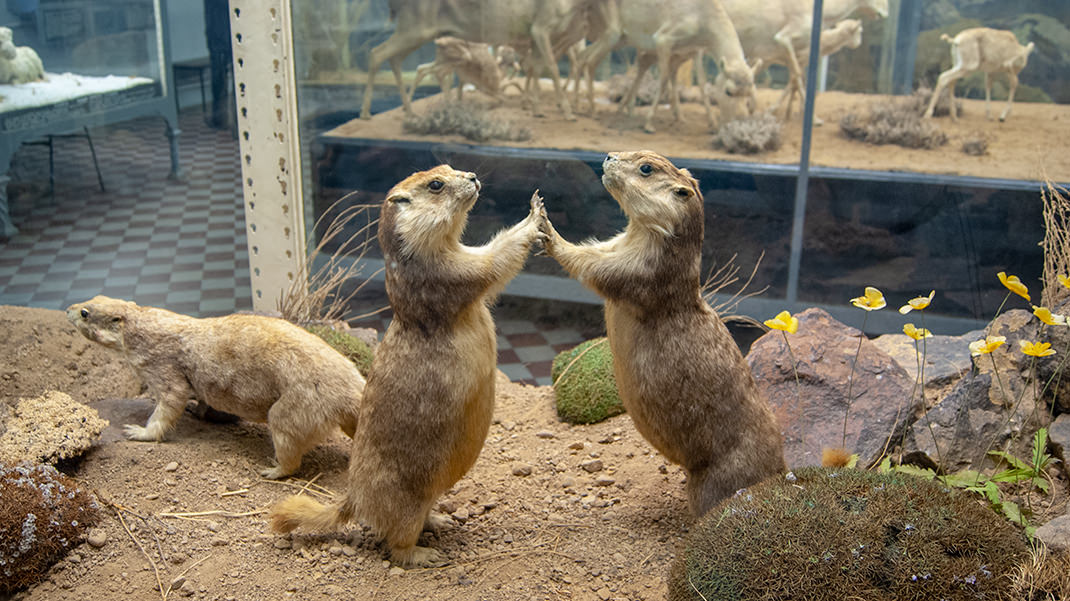
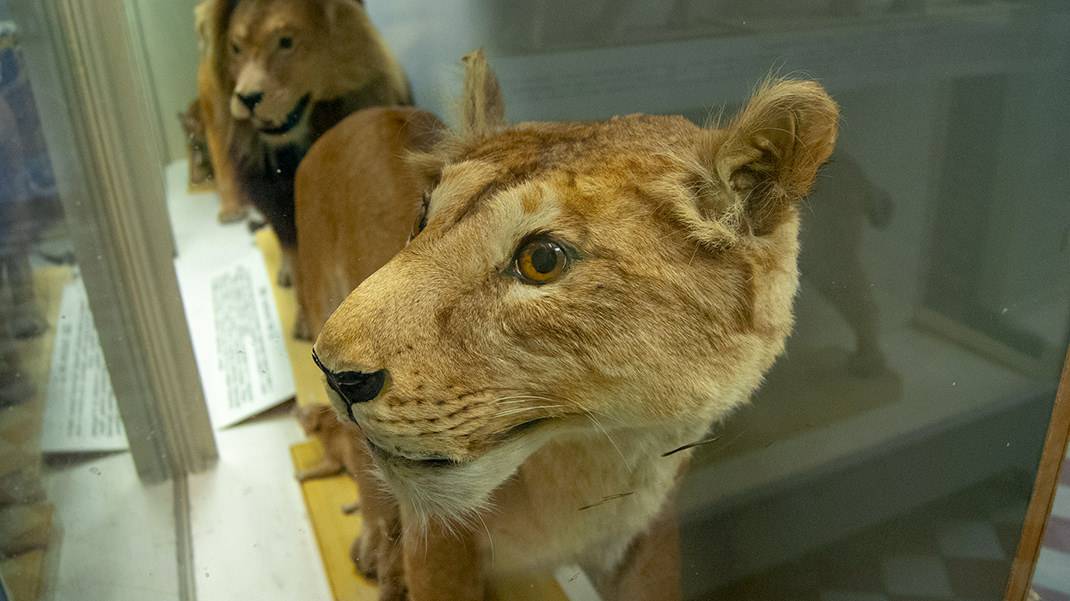
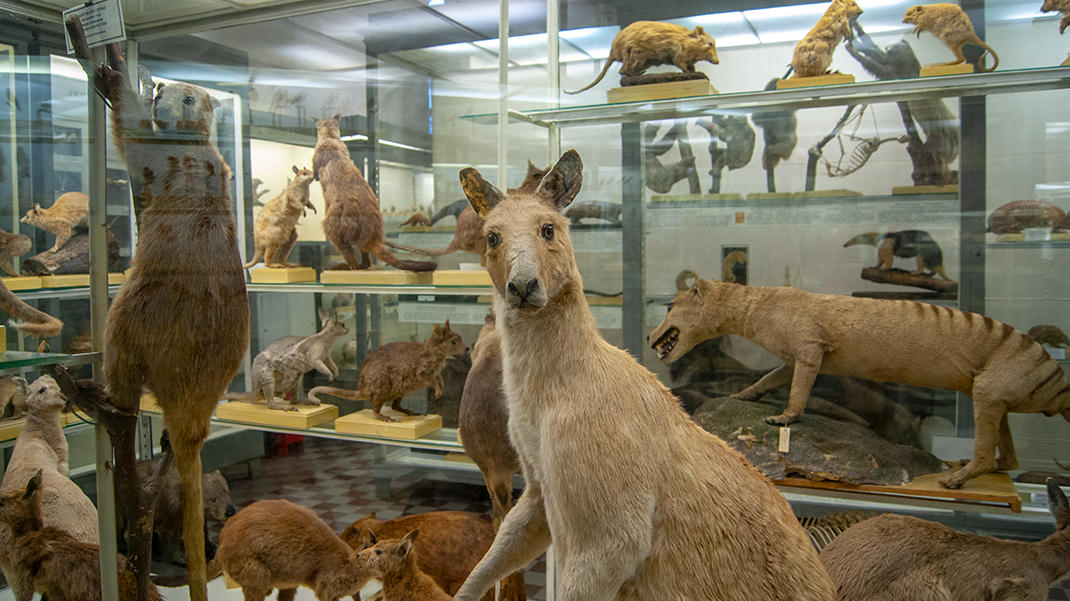
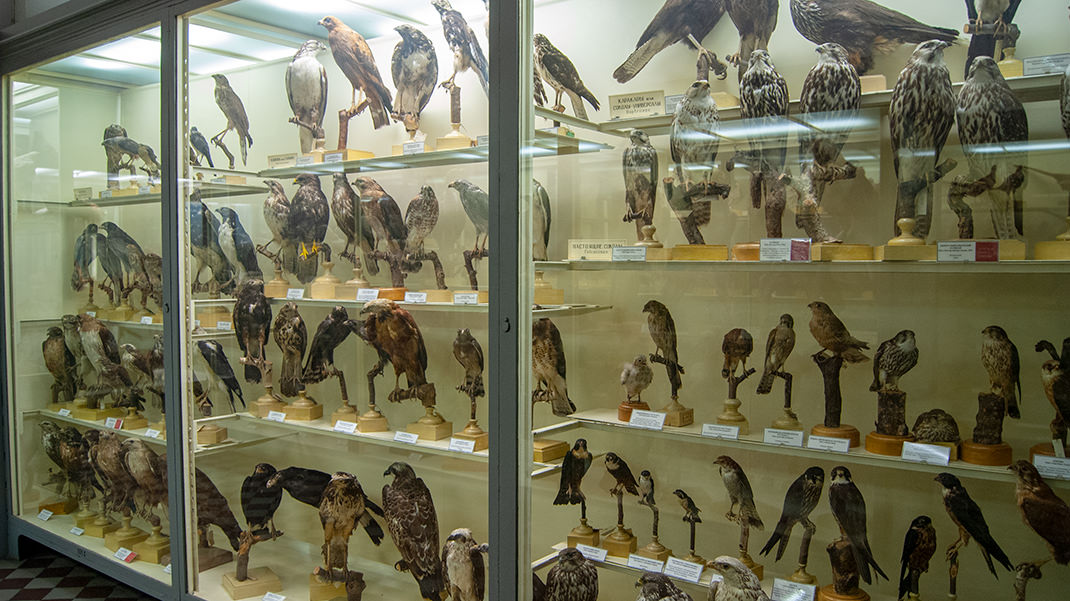
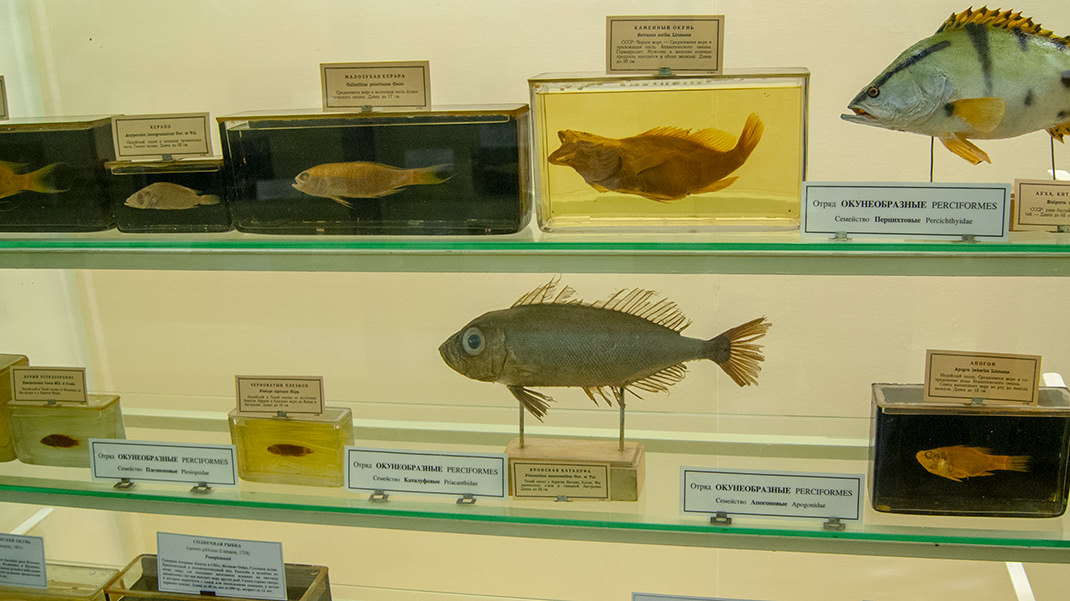
Visitors will also likely find the mammoth section interesting. The museum displays remains of these enormous creatures and their tusks.
Returning to the first hall with the seals and walruses, we can take the stairs to the next floor. During our visit, there was a fascinating photo exhibition with wonderful images of animals and nature. This hall also has several display cases filled with a wide variety of insects. The original and colorful butterflies are sure to impress.
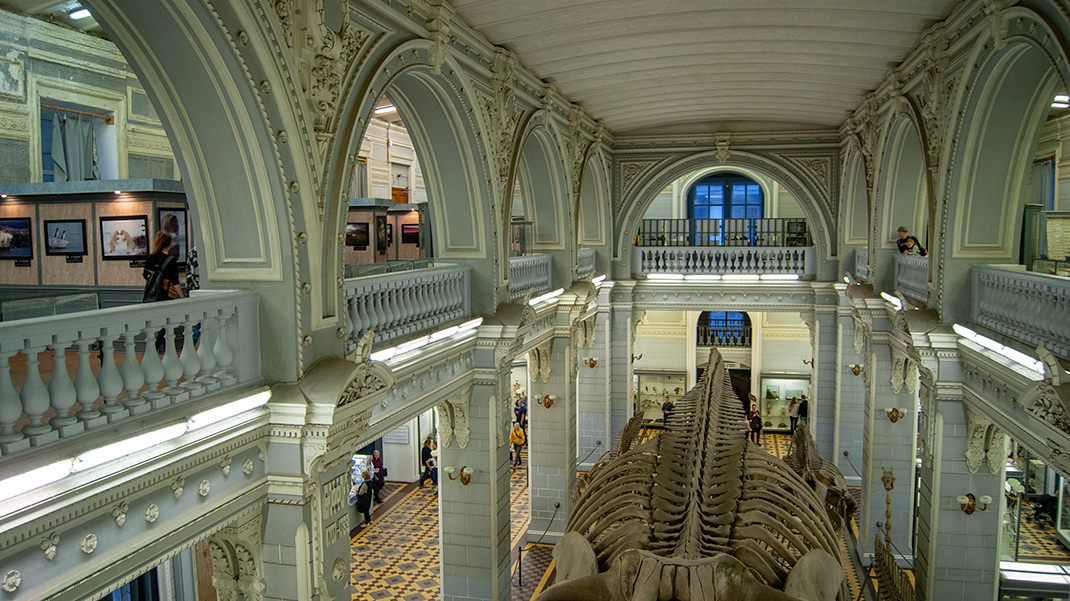

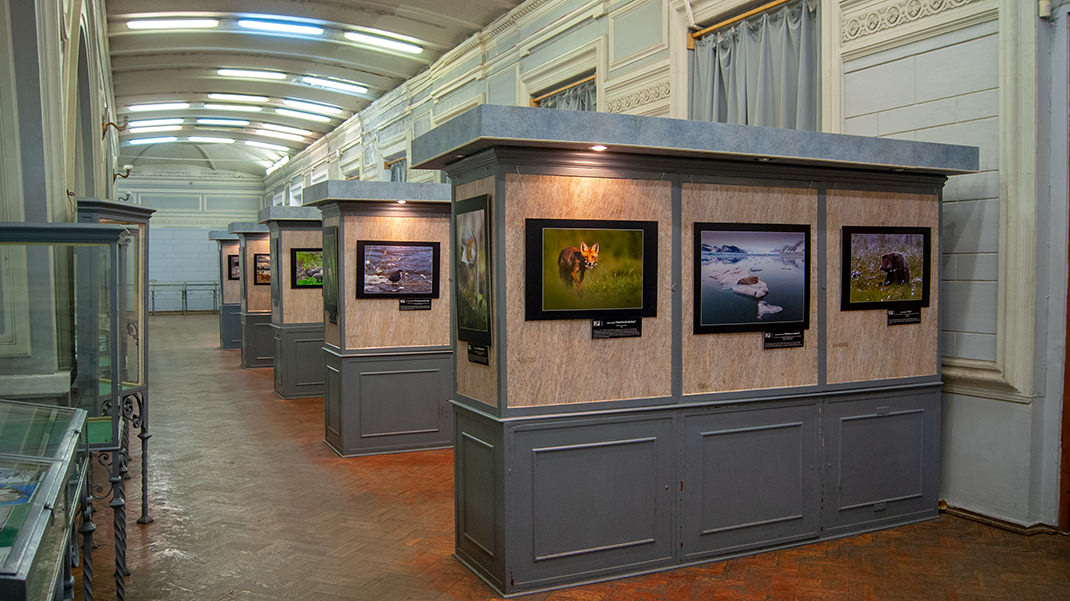
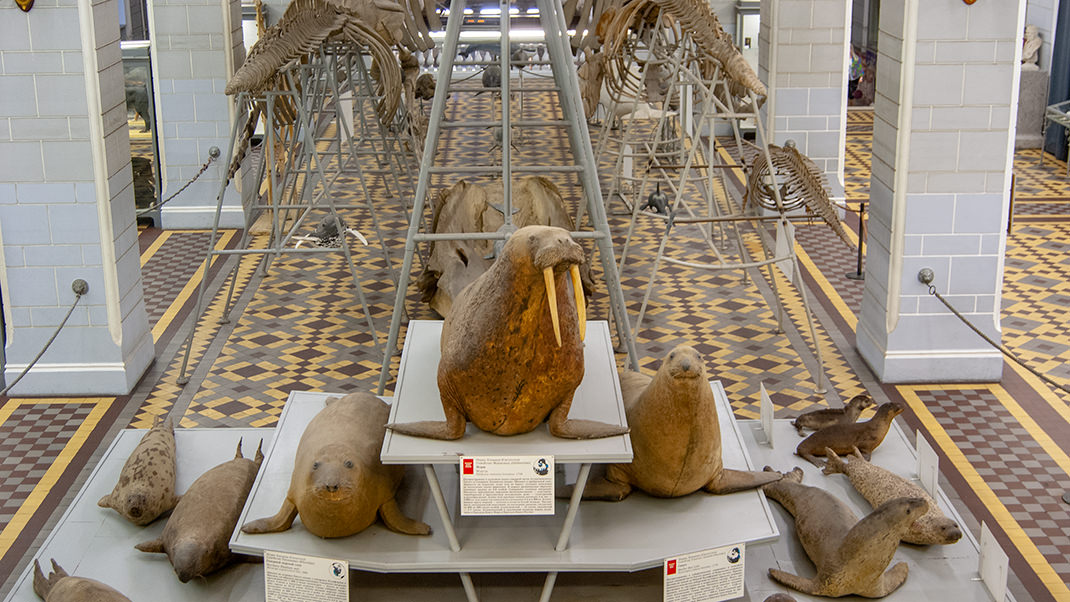
The Zoological Museum is a unique educational space that will captivate both children and adults. If you wish to continue exploring the animal world, the Leningrad Zoo is nearby, and the neighboring building houses perhaps the most famous museum in Saint Petersburg—the Kunstkamera.
In summary:
- An excellent opportunity to closely explore the diverse world of fauna;
- The museum offers themed tours for young schoolchildren and preschoolers, as well as for history enthusiasts;
- The museum building is in a historic center—convenient to combine a museum visit with other sightseeing.


